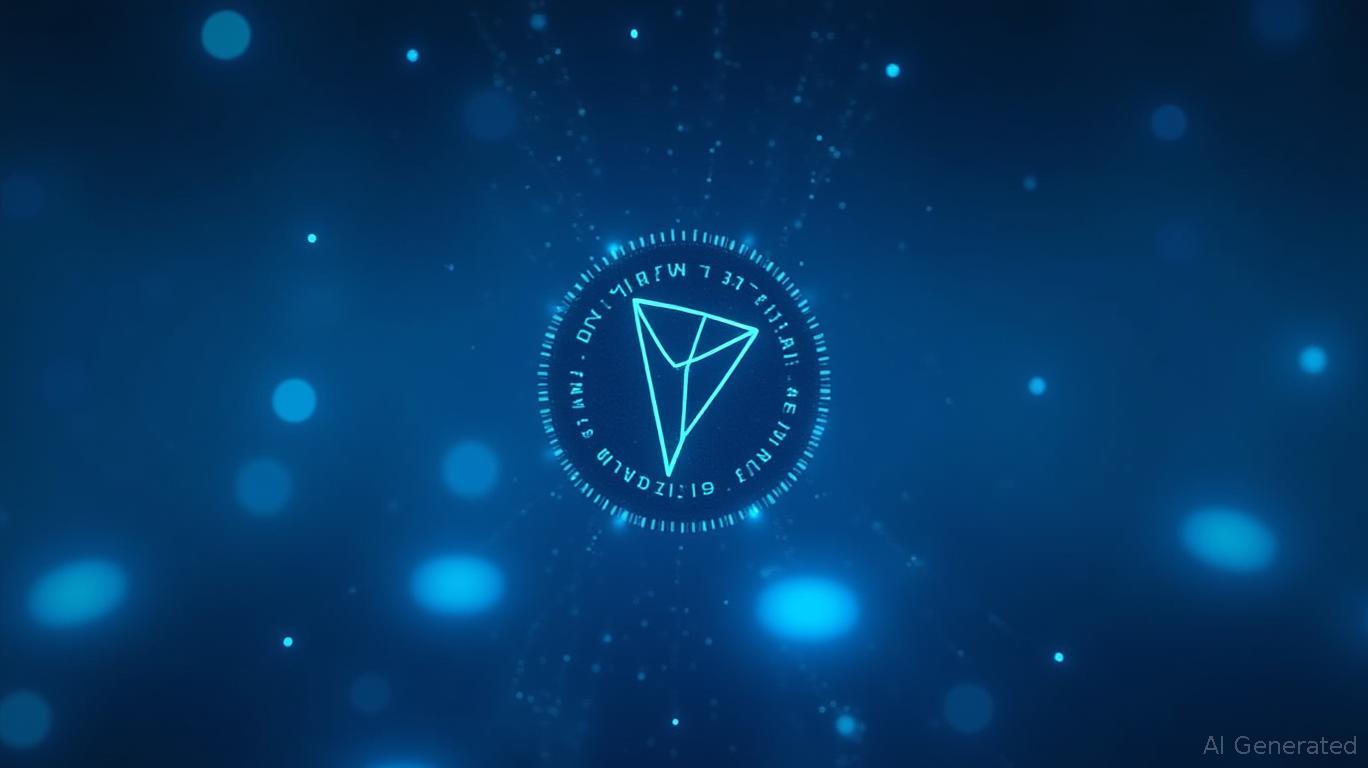TRON Achieves Record $343.4 Million in May Revenue Driven by High On-Chain Activity
TRON, a blockchain network, has achieved a significant milestone by generating a record high of $343.4 million in protocol revenue for the month of May 2025. This achievement was not driven by aggressive marketing campaigns or speculative hype but rather by sustained on-chain activity and real usage. The network's success is evident in its ability to handle over 2.4 million daily transactions and a daily volume of $23.4 billion in USDT, surpassing Ethereum in stablecoin usage and low-fee transfers.
TRON's financial backbone is its protocol fees, which are paid every time a transaction is made on the network. These fees are paid to validators and infrastructure operators, reflecting the activity on TRON’s ecosystem, which includes platforms like HTX, JustLend, and SunSwap. Unlike other blockchains that rely on token appreciation or short-lived dApps, TRON's revenue is a direct result of its usage, making it a strong indicator of the network's health and adoption.
TRON's leadership in the stablecoin sector is further solidified by its handling of over 2.4 million USDT transfers per day, with a total daily transfer volume of $23.4 billion. This is significantly higher than Ethereum, which sees only 284,000 USDT transfers per day. TRON's low transaction fees make it a more suitable option for stablecoin transactions, especially for micropayments and retail transfers. The average
transaction costs a few cents, while gas fees on Ethereum can fluctuate and go as high as $5–$10 during congestion. This cost advantage has made TRON the preferred choice for payment processors, remittance services, and DeFi protocols.TRON not only handles more USDT transfers but also holds more of it than any other network. According to data, TRON holds $77.7 billion in USDT, while Ethereum trails behind. In May, over 65 million USDT were exchanged on TRON, crossing its monthly volume of $611.1 billion. This level of capital concentration on one network indicates a structural movement where TRON is becoming the default for stablecoin users worldwide. This need is particularly strong in emerging markets, where users seek inexpensive, speedy, and stable blockchain infrastructure capable of handling payments and savings.
The story of TRON's rise is one of quiet execution. While other chains chase high-profile partnerships or launch speculative NFTs, TRON has focused on constructing a reliable, high-performance network that supports millions of transactions daily. The network has prioritized base financial primitives such as lending, swaps, and stablecoins, closely integrating with exchanges like HTX for inexpensive fees. TRON's founder, Justin Sun, has emphasized sustainability over flashy gimmicks, reflecting this approach in his recent post that simply stated "Still Rising." This milestone was achieved without token incentives, fake volume, or wash trading, making TRON's model a refreshing contrast in a market full of overhyped numbers and short-lived trends.
TRON's success indicates a shift in market preferences, with users choosing platforms that deliver low friction, reliable performance, and focus on utility over novelty. While Ethereum remains the frontrunner for smart contract complexity and DeFi innovation, its infrastructure is still out of reach for many. This has created an opportunity for chains like TRON to specialize in high-volume, low-cost stablecoin transfers. The pressure will mount on Ethereum and other L1 chains to prioritize affordability or risk losing more ground to TRON and its competitors.


Comments
No comments yet